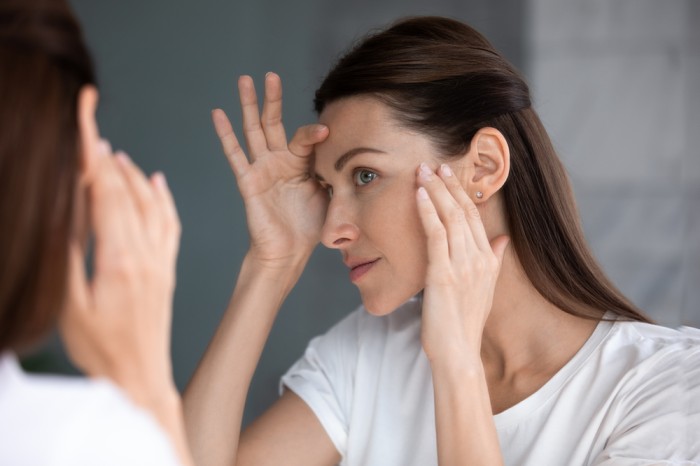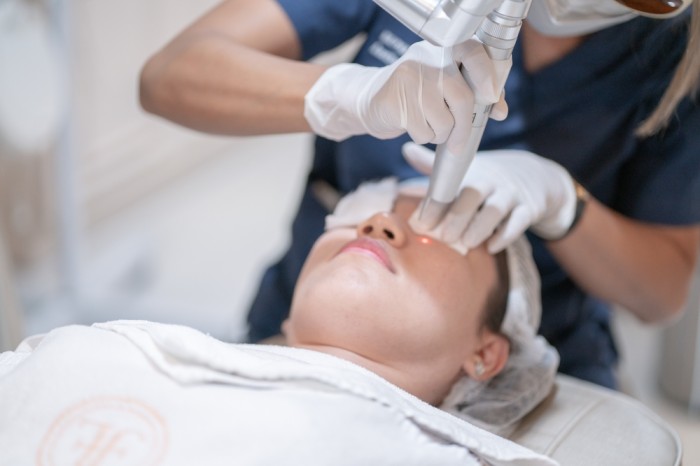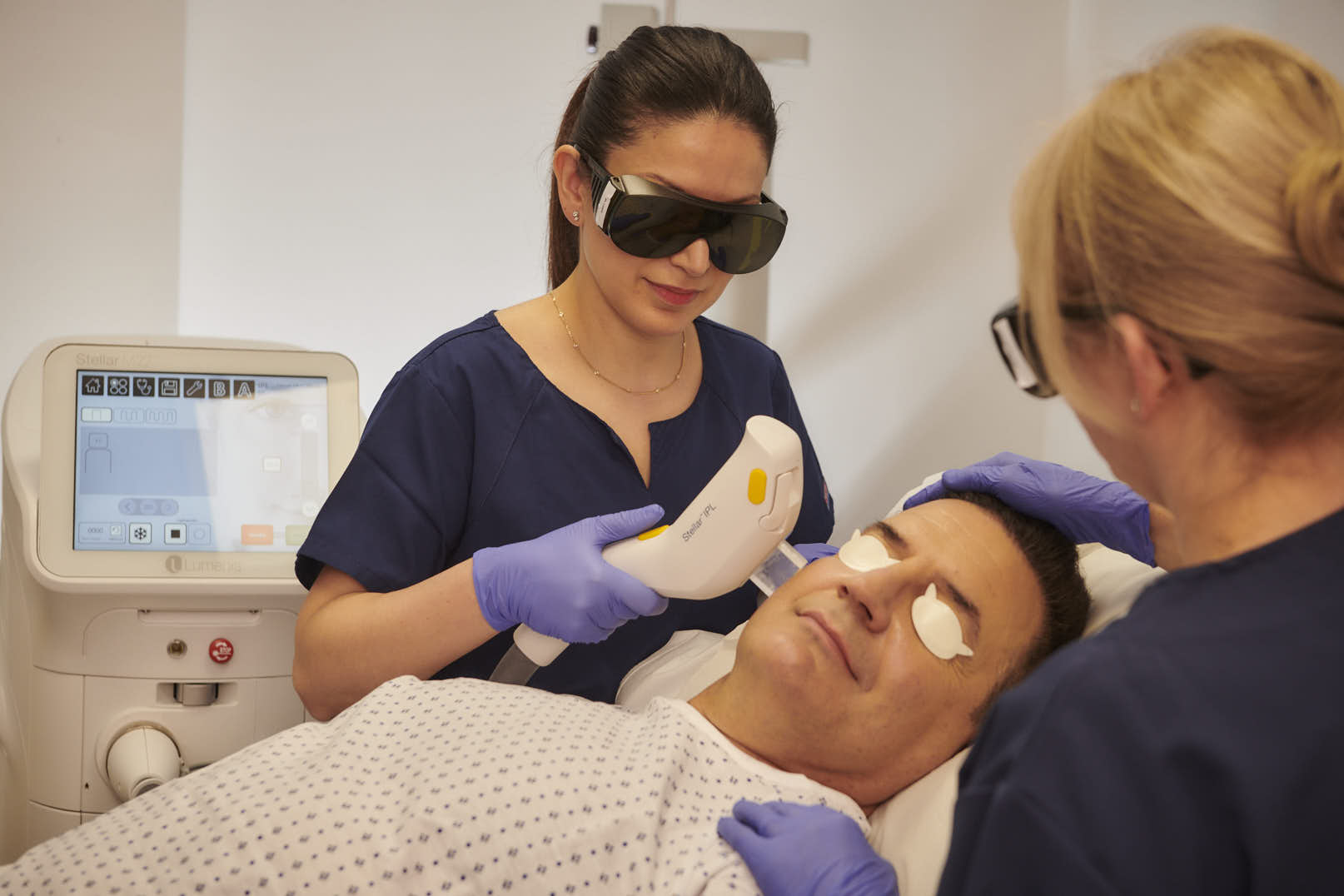What is laser treatment?
At OneWelbeck, several of our consultant dermatologists use laser and intense pulsed light treatments to successfully treat a range of skin concerns from rosacea, acne redness, skin sun-damage, birthmarks and scars.
Laser and intense pulsed light treatments work by using light of a specific wavelength, strength and pulse length to accurately target particular components in the skin, such as blood, skin pigment or water. This allows an experienced operator to treat abnormal blood vessels, patches of skin pigmentation or surface irregularities such as fine wrinkles or acne scars, depending on the desired outcome.
Why is laser treatment done?
There are a number of skin concerns and conditions that can be treated using laser and light technology. At an initial consultation, your consultant laser dermatologist will access your skin and if appropriate suggest which treatment would be most effective for you.

Stellar M22
The Stellar M22 is a highly versatile laser and intense pulsed light device that can be used to treat several common skin conditions. In intense pulsed light mode it can be used to effectively treat facial redness or rosacea, reduce facial sun damage, including sun-induced freckling and blood vessels, to prevent or slow hair growth or treat active acne. The device also incorporates two Nd:YAG lasers, which can be used to target abnormalities of blood vessels, such as cherry angiomas on the body and limbs, venous lakes of the lip and ‘broken’ facial blood vessels. The ResurFX laser on the Stellar M22 is used to treat wrinkles and rejuvenate the facial skin.
UltraPulse
UltraPulse laser treatment can improve acne scarring, especially indented facial scars, and can also be used in combination with other treatments for treatment of raised keloid scars.
This type of laser is also used in ablative skin resurfacing procedures to reduce the signs of aging, improve skin texture, laxity and tone, and reduce scars and stretch marks.
The UltraPulse laser is also effective in treating benign growths, such as eyelids syringomas. Rhinophyma, a disorder that causes the development of a large, bulbous nose, commonly due to untreated rosacea, can also be successfully treated with the UltraPulse laser.
What does skin laser treatment involve?
All laser procedures at OneWelbeck are performed as outpatient treatments.
Most treatments do not require anaesthetic. However sometimes you may have a local anaesthetic cream applied to the skin about 45 minutes before treatment and occasionally an injected local anaesthetic might be used.
The consultant dermatologist will explain the treatment to you and answer any questions you have. You will be asked to lie down on the couch and to put on eye protection goggles. The nurse may apply a cooling gel to the skin in the area to be treated. The consultant dermatologist will touch the skin with the laser handpiece and when you are ready will start the treatment. An intense beam of light energy will be focused on the area of skin being treated. This is often felt as a sensation rather like an elastic band flicking on the skin. The consultant may change the strength of the treatment depending on the effects on the skin.
Most treatments can be completed in a few minutes, but may take longer depending on treatment type and the area treated. You may be given a course of treatments for some conditions, or sometimes a single treatment only is required.

Preparing for skin laser treatment
At your initial consultation, your consultant will guide you on how to best prepare for the laser treatment. General advice they may give you includes avoiding tanning, including using a broad-spectrum sunscreen for 4 weeks before your procedure.
Recovering from laser treatment
After laser treatment, the skin is often red and may be swollen. This tends to settle in a few hours for milder treatments such as intense pulsed light. More intensive treatments such as Ultrapulse laser for scarring cause redness that takes longer to settle. Your consultant will explain the likely outcomes and what to expect, including other possible complications such as bruising, infections or scarring.
You may be given ice packs to use for a few minutes after treatment or given creams to apply for a few days afterwards.
Risks of skin laser treatment
The risks associated with laser treatment are rare and not usually severe. You may experience bruising, pigmentation change, swelling, skin infections or scarring for example, but these can usually be successfully managed with help from your consultant.
Cost of laser treatment
For each treatment there are two fee components. A hospital fee is payable to OneWelbeck which ranges from £100 - £800 depending on the area treated. The consultant dermatologist also will charge their fee separately which usually starts from £350 - £395, but may be more for complex treatments. We will be transparent about fees charged before treatment is done.







